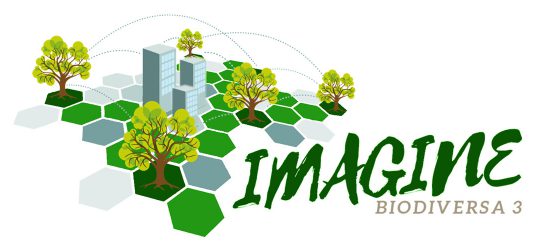What the case is about
The Belgian CSS is situated in the north of the country, in the province of Antwerp. Four municipalities, Geel, Mol, Balen and Meerhout form part of it. The site is appr. 20.000 ha and coincides with the catchment of the middle and upper courses of the rivers Grote Nete en Molse Nete. It is a rural area under significant pressure from urban and industrial activities and functions. Build-up areas and sealed surfaces are expanding, landscapes, forests and other habitats become more and more fragmented and isolated, and environmental conditions are altered. The ecological integrity of the remaining habitats deteriorates and there is a general loss of biodiversity. Agriculture is continuously intensified, forest wood production is no longer profitable. At the same time, societal demands regarding forests, agricultural land, nature and landscape amenity increase, often resulting in conflicts between public and private interests. Local authorities, the provincial authority and the Flemish Land Agency stimulate new types of collaborative planning and management to strengthen the sustainable development of the region. ecosystem services are seen as the triggers that may persuade actors to cooperate and to achieve shared objectives.
How IMAGINE addresses the problem?
The study will yield a better understanding of decision making processes for land use and landscape planning and management, based on ecosystem services related to the green-blue infrastructure of the region. A general assessment of ecosystem services provisioning in the region is available; in this study we will conduct in depth analyses of interrelations between the ecological and societal subsystems. Together with the Office for Sustainable Environmental and Nature Policy of the Province of Antwerp, the CSS liaison and main stakeholder for IMAGINE, we agreed to analyze the socio-ecological interactions and develop an integrated landscape management plan for a project on biomass yield from green infrastructure (hedgerows, rows of trees, etc.) to heat a local school while maintaining biodiversity values and improving landscape quality.
